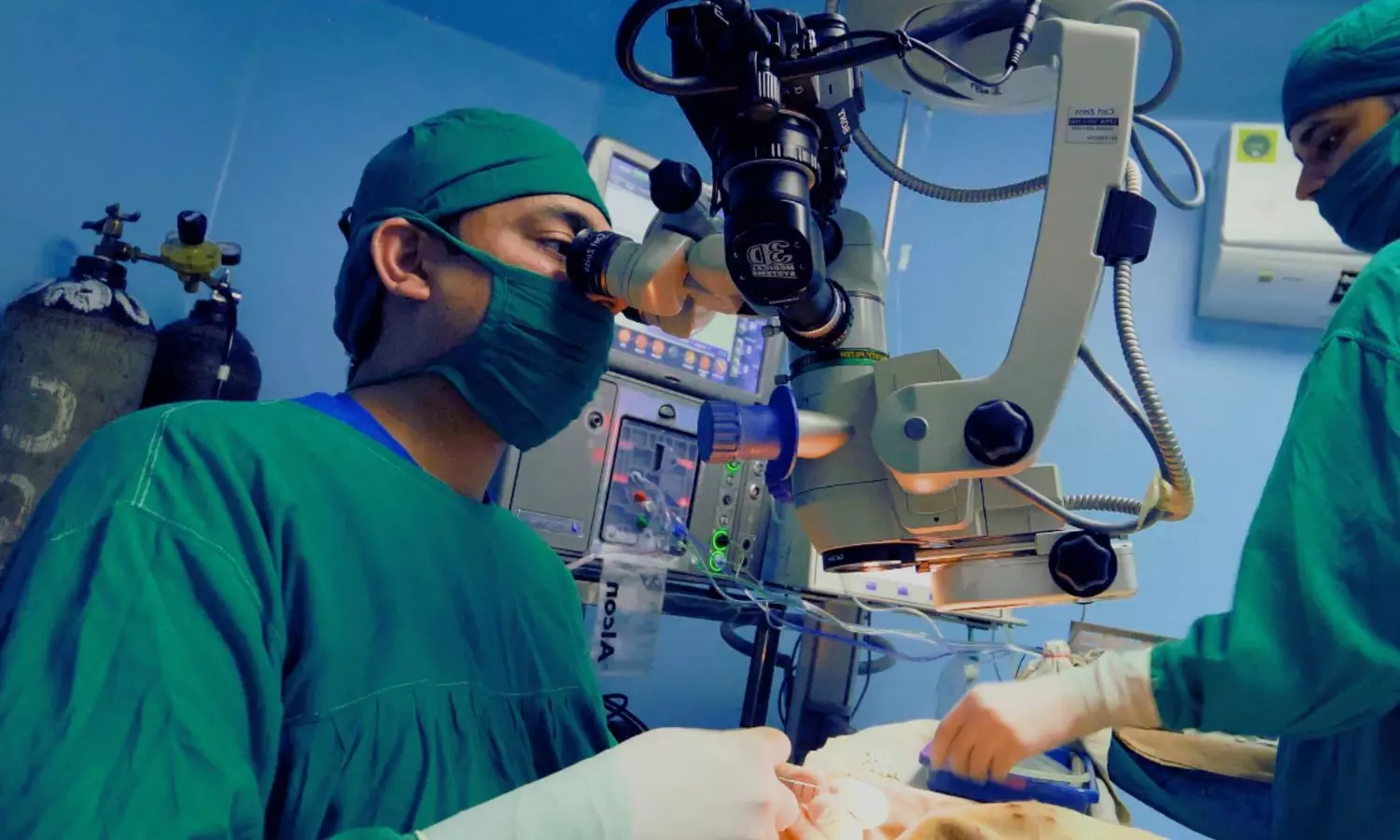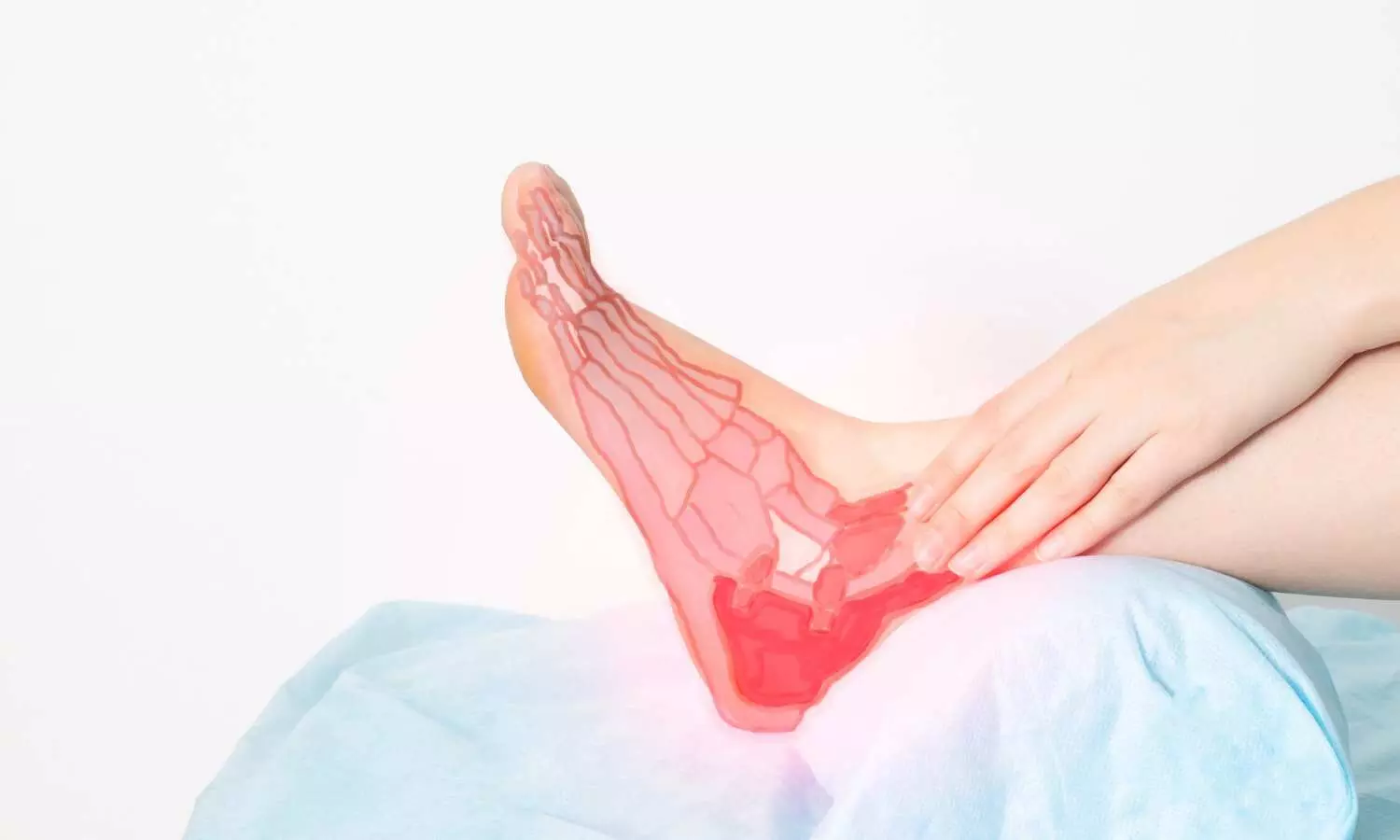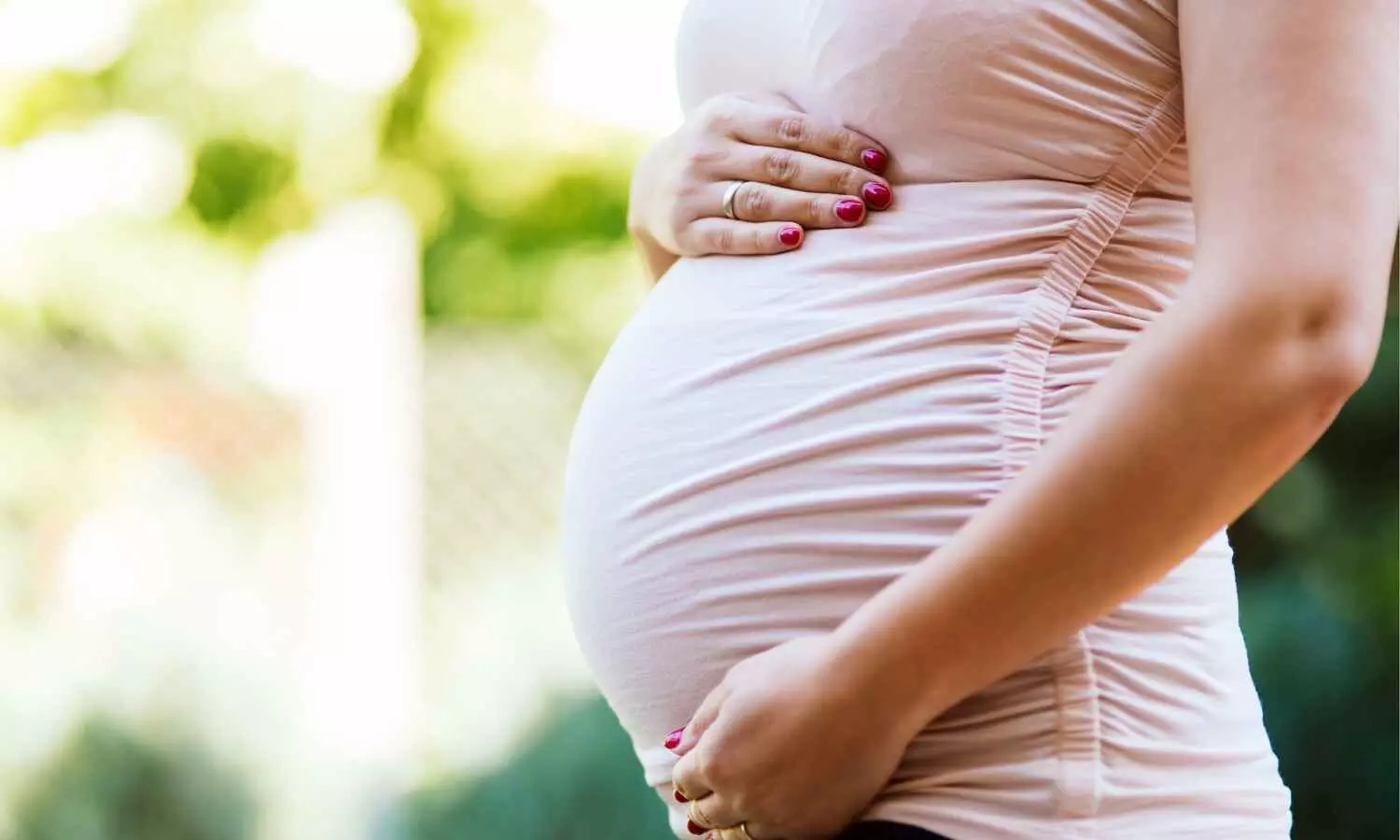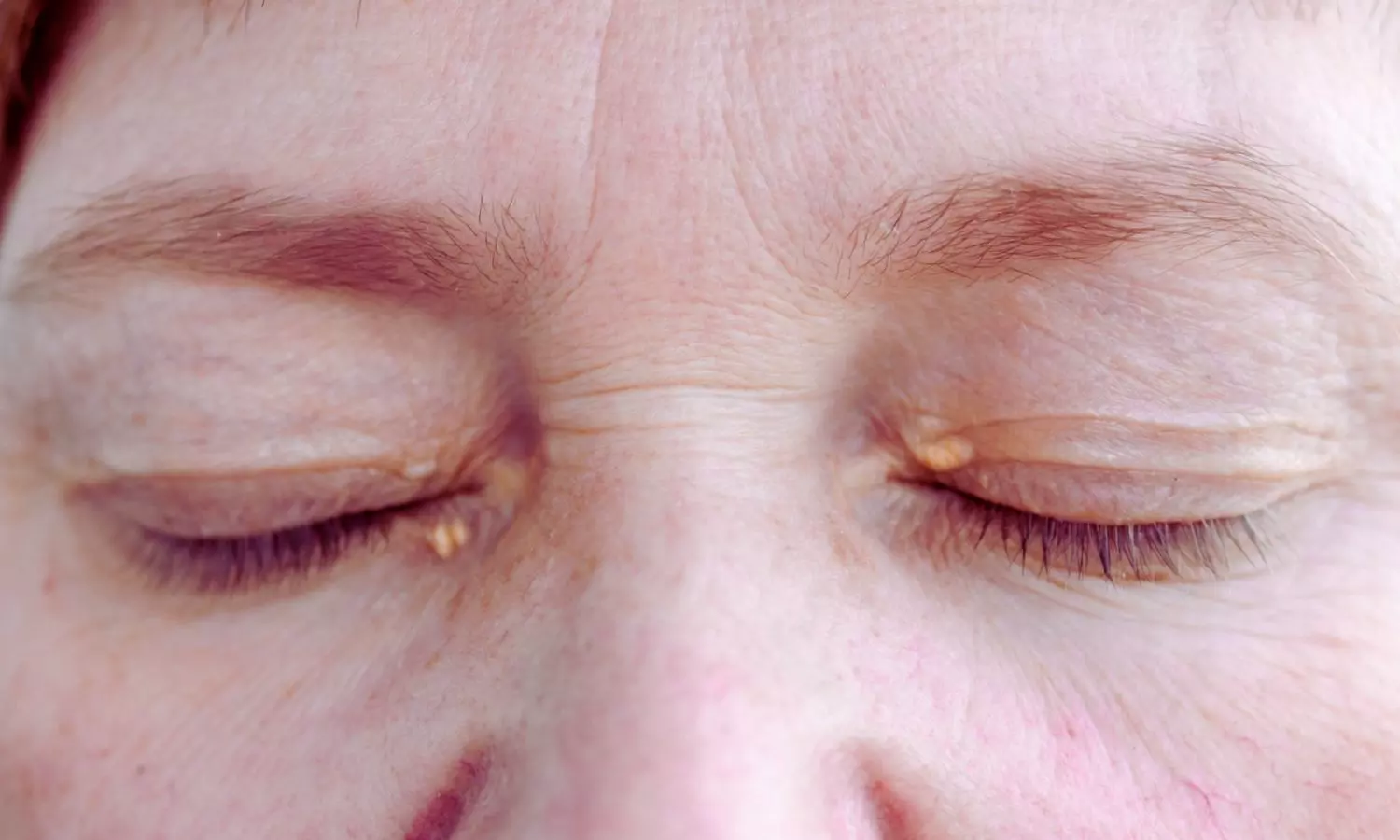
New Delhi: From faculty shortage, and reforms in MBBS Curriculum to ways of improving doctor population ratio in India- several key aspects of medical education sector were discussed by a Health Ministry panel at the recently held Post Budget Webinar.
The webinar, which was held today from 9:00 AM to 6:30 PM included a session held by the Health Ministry on “Expansion of Medical Education”.
Chaired by the Director of AIIMS Delhi, Dr. M Srinivas, the session included discussions by Dr B N Gangadhar, Chairman of the National Medical Commission (NMC), Dr Abhijath Seth, the President of the National Board of Examinations, Dr. Rajib Bahl, DG ICMR and Secretary DHR, Dr G D Puri from AIIMS Jodhpur, Prof Suneela Garg, Sanjeev Singh among others.
Here are the key takeaways from the discussions held by the Health Ministry Panel:
(1) Faculty Shortage:
Addressing the issue of faculty shortage across medical colleges, the President of the National Board of Examinations in Medical Sciences (NBEMS), Dr. Abhijath Seth talked about the possibility of creating a national pool of faculty. Terming it as a “novel concept”, he added that this could be one of the “innovative tools to address the shortage of faculties”.
Pointing out that this faculty database gets used at the University level, Dr. Seth further mentioned that various institutes across the world address their own shortage of faculties by hiring aging or honorary faculties on a contractual basis
However, Dr. Seth added that while this may be a good midterm to long term solution, it may not be very effective as a short-term results. He mentioned that while for PG education, focus is required on basic medical sciences, humanization of medical practices, preclinical exposure and clinical research skill development, postgraduate training needs intense focus on structured clinical training and competency-based skill training.
Mentioning that the biggest challenge would be to bring uniformity in the medical training across the country, particularly for medical educators, he further added that it is required to integrate public and private sector. Opining that the passion for teaching should be used, Dr. Seth suggested increasing the age limit for the teachers, incentivizing and giving recognition to the teachers for their noble contributions to teaching and training.
He also added that the national pool of faculty should also include healthcare professionals who would like to contribute pro bono. Dr. Seth also said to identify the legendary role models and mentors across the country. Further, he advocated for the continuous promotion of innovation and research.
“If we start from working on it today, we should be able to build this concept in due time with collective efforts for the national interests. The national database of teachers, the biggest advantage is it will not only provide physical training, but now we will have another facet of training which is skill and virtual training as well as digital education. We can utilize the national database far more effectively for these other two facets of training which … virtual training as well as the digital education,” he added while speaking about the effective solutions to address real-time faculty shortage.
(2) MBBS Curriculum:
During the meeting, Dr. Rajiv Bahl, DG ICMR & Secretary DHR spoke about the areas where the medical curriculum is lacking and he also suggested possible reforms.
Pointing out where the medical curriculum is lacking, Dr Bahl said that instead of creating competent physicians, the focus in the curriculum is on the transmission of knowledge. Another issue that Dr. Bahl pointed out is that the focus of a medical graduate continues to be on individual therapeutic care or inpatient care, instead of preventive and promotive care. He mentioned that while this is only part of one subject, it needs to come in the medical practice of all physicians. Similarly, he pointed out that outpatient care and primary healthcare are given less importance, including the importance given to Public Health epidemiology. As per Dr. Bahl, the curriculum needs more focus on morality, ethics, empathy, social awareness, communication, and other soft skills that a doctor needs.
Speaking about the issue of research, Dr Bahl opined that there is very little focus in this area, adding that the focus should be on finding ways to make the physicians understand innovations, change in evidence, understanding it, and using the evidence throughout their careers.
While suggesting reforms in the MBBS curriculum, Dr. Bahl suggested raising digital technology for the transmission of knowledge to medical students. “To any graduate, any person, any student, it seems such a waste to spend the time the faculty has with the students on simply transmitting knowledge through lectures. Therefore, one suggestion that I have is using precious faculty-student interaction in classrooms, labs,and clinics for problem-solving and checking understanding of fundamental concepts of students,” he added.
Apart from this, he also suggested utilizing telelearning in a better manner to improve quality of medical education. Pointing out how an exceptional faculty at AIIMS, New Delhi is teaching only fifty-sixty students, he added that telelearning could be used for them to teach fifty thousand or even hundred thousand students.
Another reform that Dr. Bahl suggested in the medical curriculum is providing clinical exposure to the medical students from the first week itself to make preclinical basic sciences relevant to patient care. Otherwise, Dr. Bahl opined that the students get cutoff from understanding why subjects like anatomy, physiology, biochemistry, etc are useful and he also suggested focusing on basic research skills in the students.
(3) E-Learning Platforms to Standardize Medical Education:
Dr. G D Puri from AIIMS Jodhpur spoke about developing and deploying e-learning platforms to standardize medical education across the country. He added that it requires a strategic approach and addresses technological and infrastructural challenges while leveraging existing initiatives. Mentioning that the key objectives are to ensure accessibility, quality, consistency and alignment with national educational standards, he added, that already the need for standardized curriculum across the country has been stressed.
He added that a standardized curriculum requires to be developed with the collaboration between the National Medical Commission (NMC), National Board of Examinations (NBE), and NHA, as well as prominent medical institutes like AIIMS Delhi, PGI, other AIIMS and other Medical Universities across the country.
“They need to collaborate to create content that meets national standards,” he added further mentioning that by leveraging the existing government initiatives such as a national digital library, national medical college network etc. a centralized repository of e-content of medical education could be created and further it could be integrated with the National Digital Health Mission to access the health data which can be a supportive tool for evidence-based learning instead of knowledge-based learning.
Dr Puri talked about developing comprehensive interactive modules based on CBME goals set by NMC. He added that not only video and audio lectures, which have highlighted the knowledge, should be used to transmit the knowledge. He suggested that virtual simulations like Virtual reality, and augmented reality should be used to announce the understanding of the complex surgical and medical procedures and incorporate real-world case studies and clinical scenario-based learning rather than just knowledge. According to him, the students will get hands-on experience from these even if they lack physical clinical exposure.
(4) Ways to achieve the ideal doctor-population ratio:
While speaking about the ways to achieve the ideal doctor-population ratio, the Chairman of NMC, Dr. B N Gangadhar said that increasing human resources is necessary to cope with the new types of disease patterns. He also said that the focus should be on outpatient care and continuity of management.
Dr. Gangadhar said that there are around three million doctor shortages across the world. He added that the limit should not be drawn at one doctor per thousand population as he highlighted that in developed countries, there are almost three doctors per thousand. He also emphasised on complete utilization of clinical resources.
(5) Integrating DNB Teachers as Faculties in Medical Colleges:
Indicating a measure to increase the faculty pool in medical colleges, Dr Gangadhar added that in the hospitals that were running DNB education, those teachers can also have been made eligible to become teachers in medical colleges.
“So several such reforms have been made to expand these numbers of teachers that could be available and also we have said that those who have done diploma and have been working as senior residents in medical colleges for a long time could also be converted and elevated into or redesignated into medical teachers,” Dr. Gangadhar said, further adding that NMC has been trying to produce more doctors and more specialists.
(6) Faculty Development Programme:
Dr. MV Srivastava talked about the faculty development programme, which has been in place for a couple of decades. She said that a lot of the INIs have tried to implement this programme, however, it has not been made mandatory and she also pointed out that the faculty development programme is not properly structured.
She recommended making the faculty development programme compulsory for all medical faculties at all career stages. She opined that it is not just at the beginning when one enters the medical education sector as an assistant professor and is on a probation period. As per Dr. Srivastava, this program should be factored into all career stages, including the senior-most level. She also highlighted the need for training in Pedagogical assessment methods.
(7) Digital Accreditation Programme:
Another panel member Sanjeev Singh talked about a digital accreditation programme to standardise the process. He mentioned how the NMC conducts a lot of physical inspections and added that the movement of online system of assessments is a welcome change.
In this regard, he opined that a digital accreditation portal would be very good, where a desktop review of all the documents which have been sent would be assessed. He also suggested conducting AI driven audits to track these compliances with minimal human interference.
(8) District Residency Programme:
Mentioning that the District Residency Programme (DRP) should be utilised properly, the Principal Secretary of Health and Family Welfare, UP PSMH pointed out that the DRP has two components. While one of the components was three months compulsory PG training in the public health facilities, the other one was that the same PG colleges could apply twenty five percent core seats with the same infrastructure.
He opined that all the PG colleges both in government and private should try to take this advantage and increase PG seats by twenty-five percent.
The second issue that he pointed out is that DNB seats are not used properly. He mentioned that many of the hospitals have the opportunity to take more DNB seats and opined that the DNB seats should be increased by a hundred percent.
(9) Seat increase cap in existing medical colleges:
Referring to NMC’s cap of one hundred fifty MBBS seats, the Principal Secretary of Health and Family Welfare added that when the issue of increasing seventy-five thousand seats in the next five years is being regarded, it needs to be considered that the old medical Colleges already have hundred fifty to two hundred seats.










